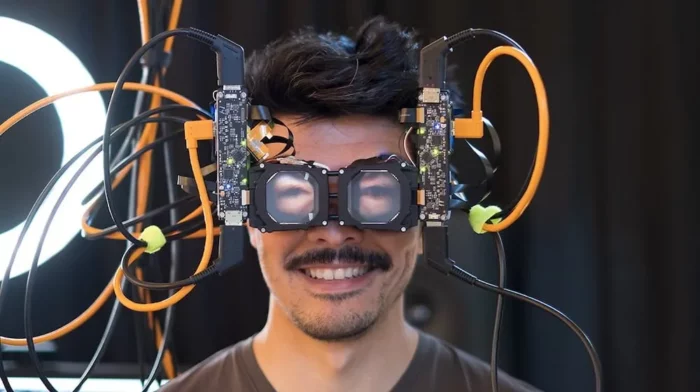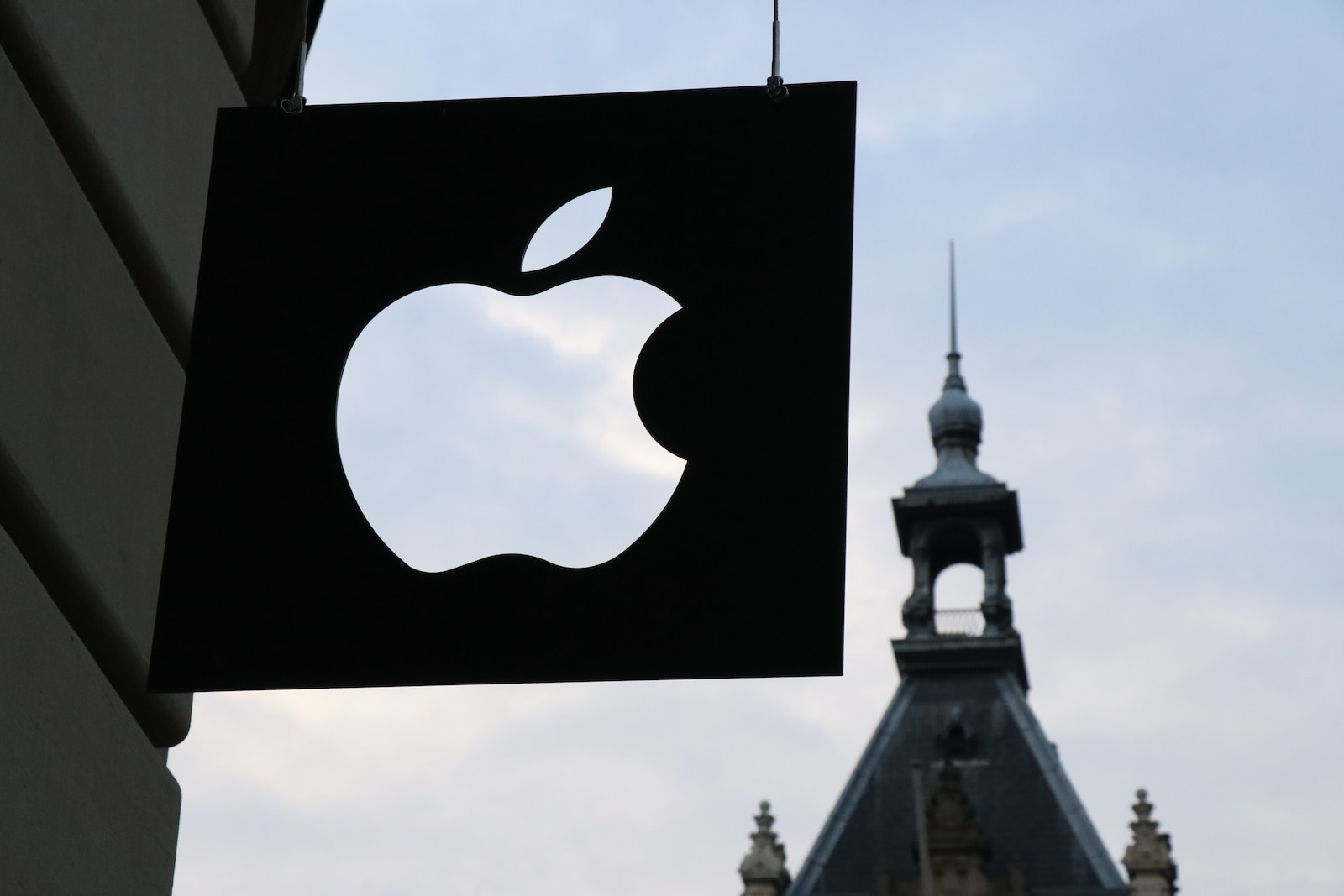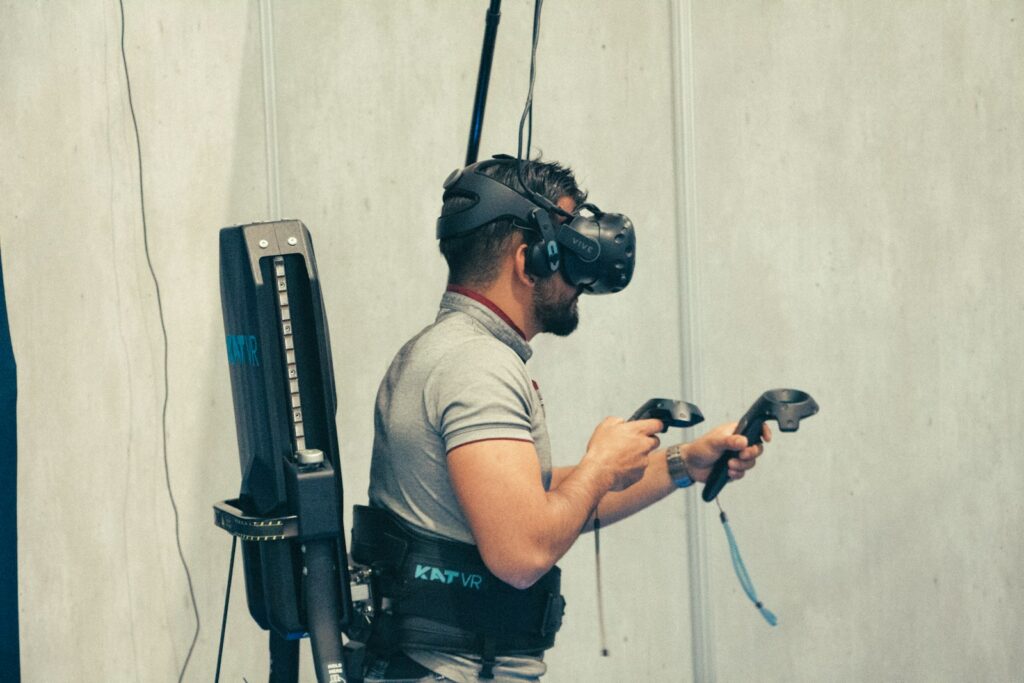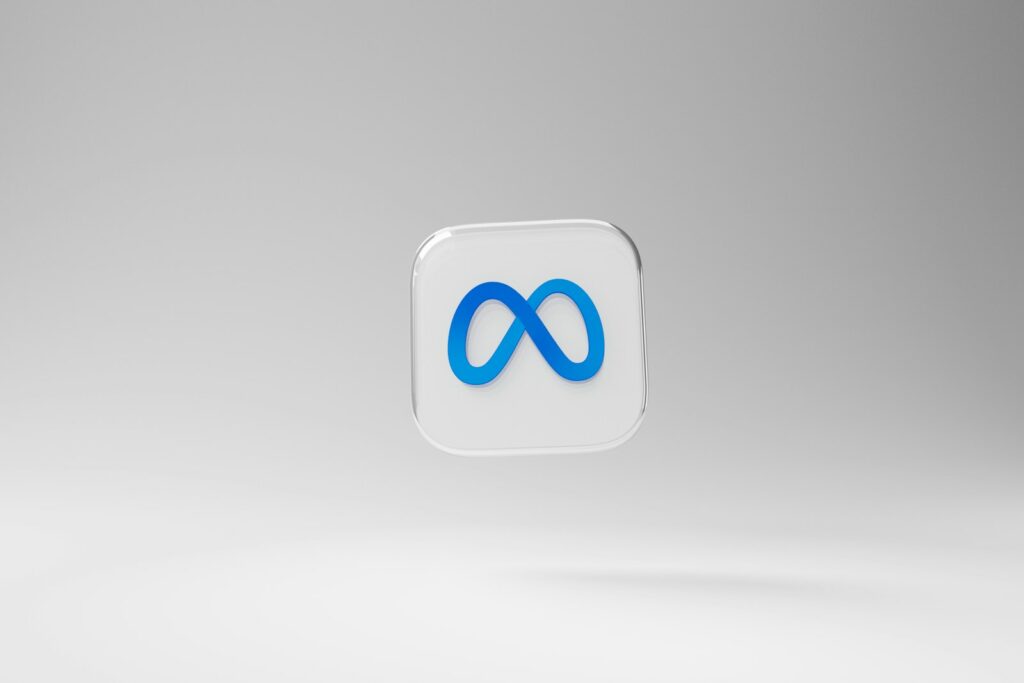After internal debacles, changes in direction, production and testing complications, over 5000 patents, and numerous notable acquisitions, we finally have Apple’s fighter in the reality ring: Apple Vision Pro. Here are my thoughts.
Reserve Final Judgment
Unfortunately, I wasn’t one of the lucky few who got 30 minutes with the headset. But some key thoughts stand out that I think you will find intriguing.
First, while reactions and impressions of people who had hands-on time with the Apple Vision Pro seem positive, remember that marketing videos and keynotes are what Apple wants to achieve and you to believe, not necessarily what has been accomplished. Yet, dual 4K microOLEDS clocking in at around 32 pixels per degree (PPD) seems about right and will be outstanding quality for a portable VR/AR headset.
For context, the Oculus/Meta Quest 2 delivers 17.6 PPD, so the visual crispness is about double that of the Quest 2. And incidentally, a level of display quality that only is possible with a modified Apple Silicon M2 chipset, no-latency foveated rendering from the embedded eye tracking, and a dedicated R1 chip purely handling tracking and spatial mapping.
It Looks Like This
The final design looked a lot like the latest 3D renders circulating the rumor mills, like the one from Marcus Kane. And definitely, the Apple Vision Pro lens stack is the pancake technology from the skiing goggles shape of the headset. The rumor of a detached battery was also true with a dangling wire as a connection. Indicating Apple’s reality vision looks to be in the home and office, not out and about. We should definitely expect multiple third-party battery packs lasting longer than 2 hours and even some third-party accessories that enable the battery to be attached to the back of the Apple Vision Pro.
I Didn’t Expect Apple Vision Pro
While the Apple Vision Pro trademark was filed years ago and was alluded to in rumor reports, many (me included) thought the namesake would have been Apple Reality Pro. It is a curious name as ‘vision’ has no prior connection with any terms used in immersive tech and indicates Apple is attempting to distance itself from the existing industry. This could either work out for them in the long run or shoot themselves in the foot, time will tell for which.
They Beat Meta to the Punch

What made me chuckle as I held my baby watching the keynote was when EyeSight came on the screen. The reason is reverse, neural, or two-way passthrough (it has many names) has been in the works at Meta’s RealityLabs for years and was released to the public in a research paper in mid-2022. In fact, the exact same idea of an outward-facing display showing, in real-time, the eyes of the wearer is what Apple is doing with Vision Pro. Although your face topology, skin tone, and so on are depicted from a scan you do on the iPhone rather than inward-facing cameras.
Interestingly, Meta deemed the price tag too high if reverse passthrough was to be implemented. So it is a curious decision from Apple that signal a long-term strategy for them to be at the forefront of removing as many barriers as possible in immersive tech adoption. Certainly, EyeSight added a few more Benjamin Franklins to the price.
And the subtle jab at Meta’s avatars with Apple Vision Pro’s FaceTime of using a 3D-rendered mirror of your face instead of an animated cartoon was funny. Again, this was also revealed that Meta’s RealityLabs worked on in 2020 called Modular Codec Avatars.
Capture Live Memories
Apple has always focused first on human interaction over technology, and using Apple Vision Pro’s LiDAR spatial sensor, true depth optical cameras, and infrared (IR) sensors to capture moments in real-time 3D to relive memorabilia is pretty neat. Although, I can’t see myself 3D filming my child from a headset on his birthday with relatives questioning my parental presence.
Not For Gaming
As is customary for Apple, the Vision Pro won’t be for gaming and the reason is the lack of dedicated controllers. As rumored, the Apple Vision Pro will only be controlled by natural gestures (finger pinches) and gaze control (where you look). A UX excellent for any other use case than gaming: imagine playing a shooter by looking and pinching. So what we are likely to see are casual mixed reality games like Puzzling Places, not the sequel to Half-Life: Alyx.
Instead, productivity on the Apple Vision Pro will be through the roof. For instance, if you are eating apples in their walled garden and using a Macbook, you can put on the Vision Pro to blow up what you are doing on your Macbook as mirrored in real-time. Very cool.
Echoes of Meta Quest Pro
Interestingly, when the Meta Quest Pro was released in Fall last year, reviewers’ lamented a significant price-to-usability disconnect. Apple’s renowned brand aside, I expect the Apple Vision Pro will go through the same ringer, as the Meta Quest Pro is $2.500 lower than the $3.499 price tag.
All in all, Apple has gone with a similar strategy as Meta did with the Quest Pro. Essentially, funnel the years of R&D expenses into an eye-watering price tag, concentrate sales towards affluent Apple fans and a few enterprises to recoup some costs over lifetime value. In the meantime, grow the Apple echo system internally as small to medium-sized developers won’t see the worth in spending design and coding hours towards its low adoption. This is despite the half-a-year announcement to release window as well. But it will enable Apple to smooth out the edges and bring a lower-priced mixed reality headset competing with the Meta Quest Pro and HTC Vive XR Elite in price and features.
A Visionary Start for Apple
The Apple Vision Pro is not the original iPhone. While it is impressive and the most exciting new product from Apple in a long time, the ‘Pro’ branding and the lofty price tag of $3,499 is not meant for mass adoption. Instead, the Apple Vision Pro is like the Apple Pro Display, i.e., for very affluent Apple fans and enterprises using it for Design and Development.
Nevertheless, like the Meta Quest Pro, the futuristic technologies Apple has here will be perfected and ported to an affordable follow-up headset (which by the way, is in the works as rumors and leaks suggest).
Apple’s pursuit of humanizing the inherent isolation in virtual reality is nothing short of visionary, marking a fitting commencement for the Apple Vision Pro.


















